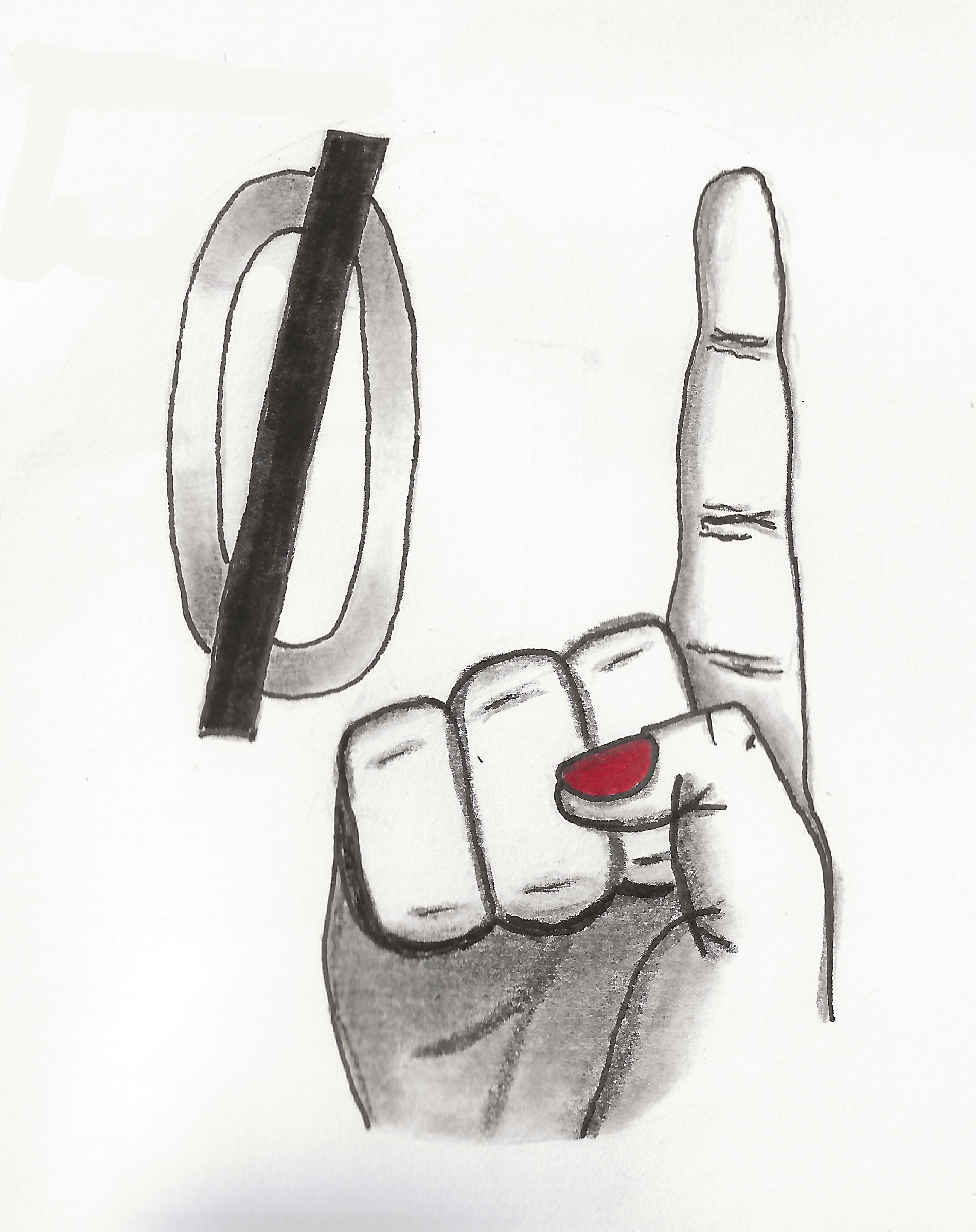

From a gamedev perspective it wouldn’t make sense to call what was happening “classic”. It was unintended behavior.
What would make more sense would be to make a setting to allow or disable the intermission sections of the race (they’d need to think of another name for them though because they call the wait time between races intermissions in the settings already). Allow players to keep or remove the long stretches.



Donkey Kong’s bananza gets fun when it gets hard, you say?